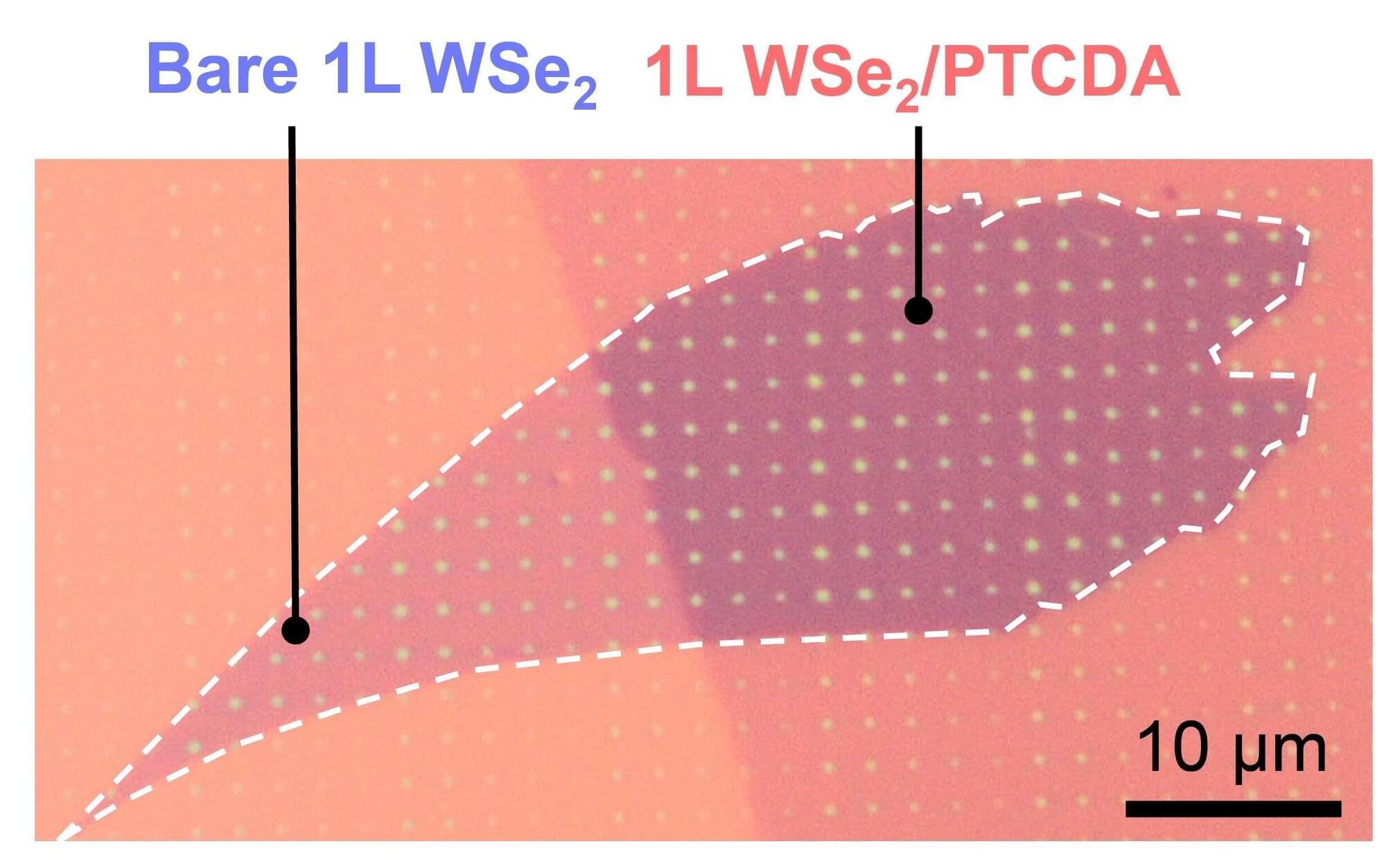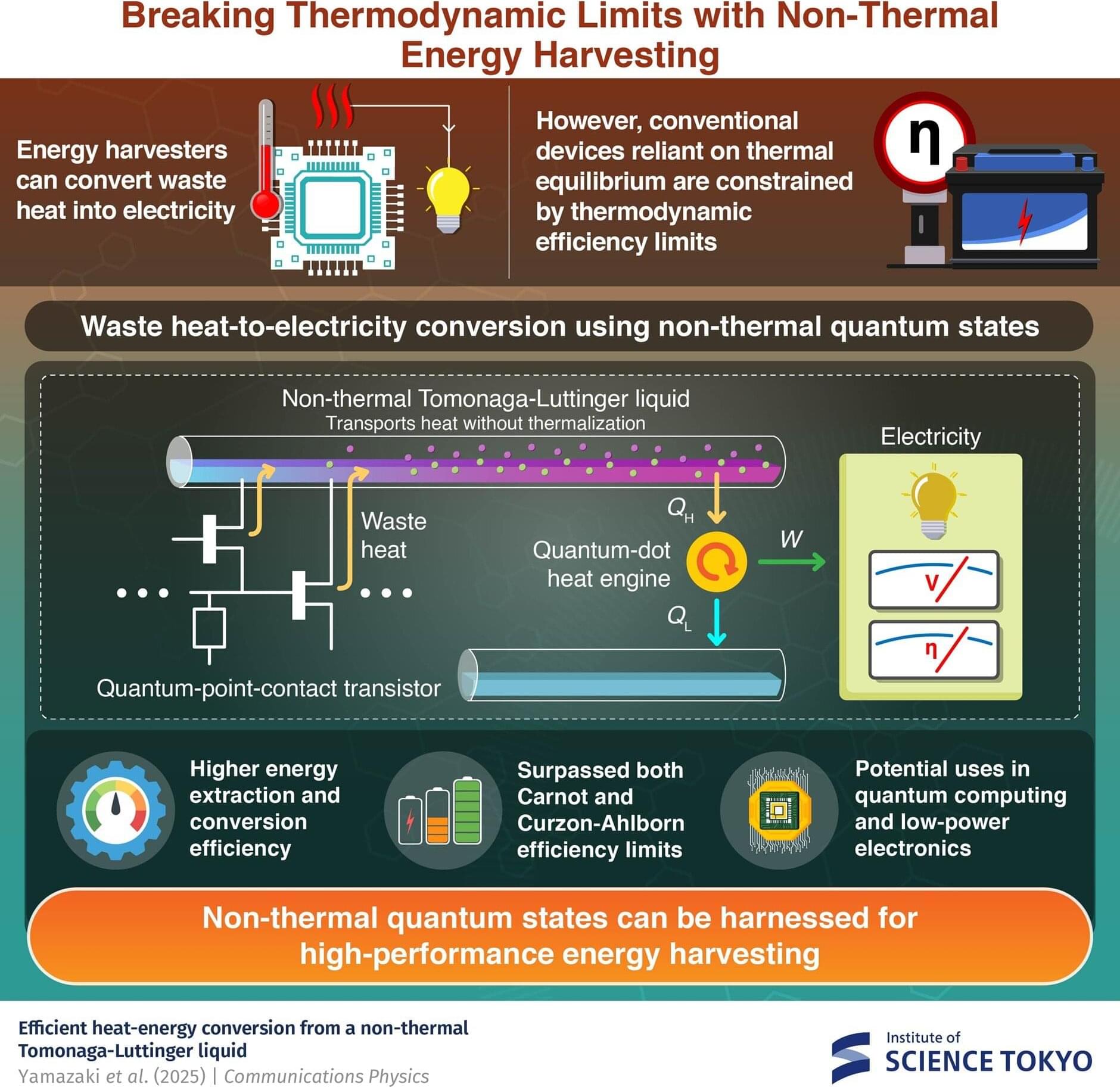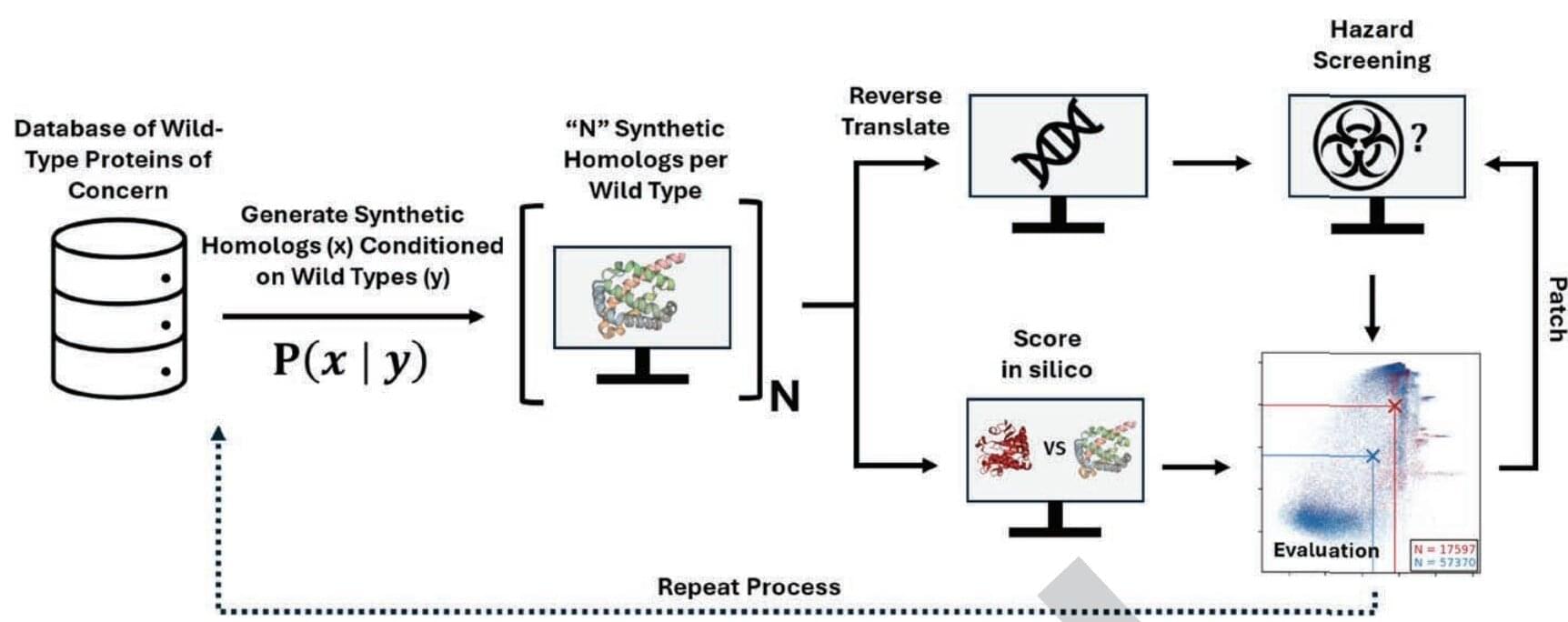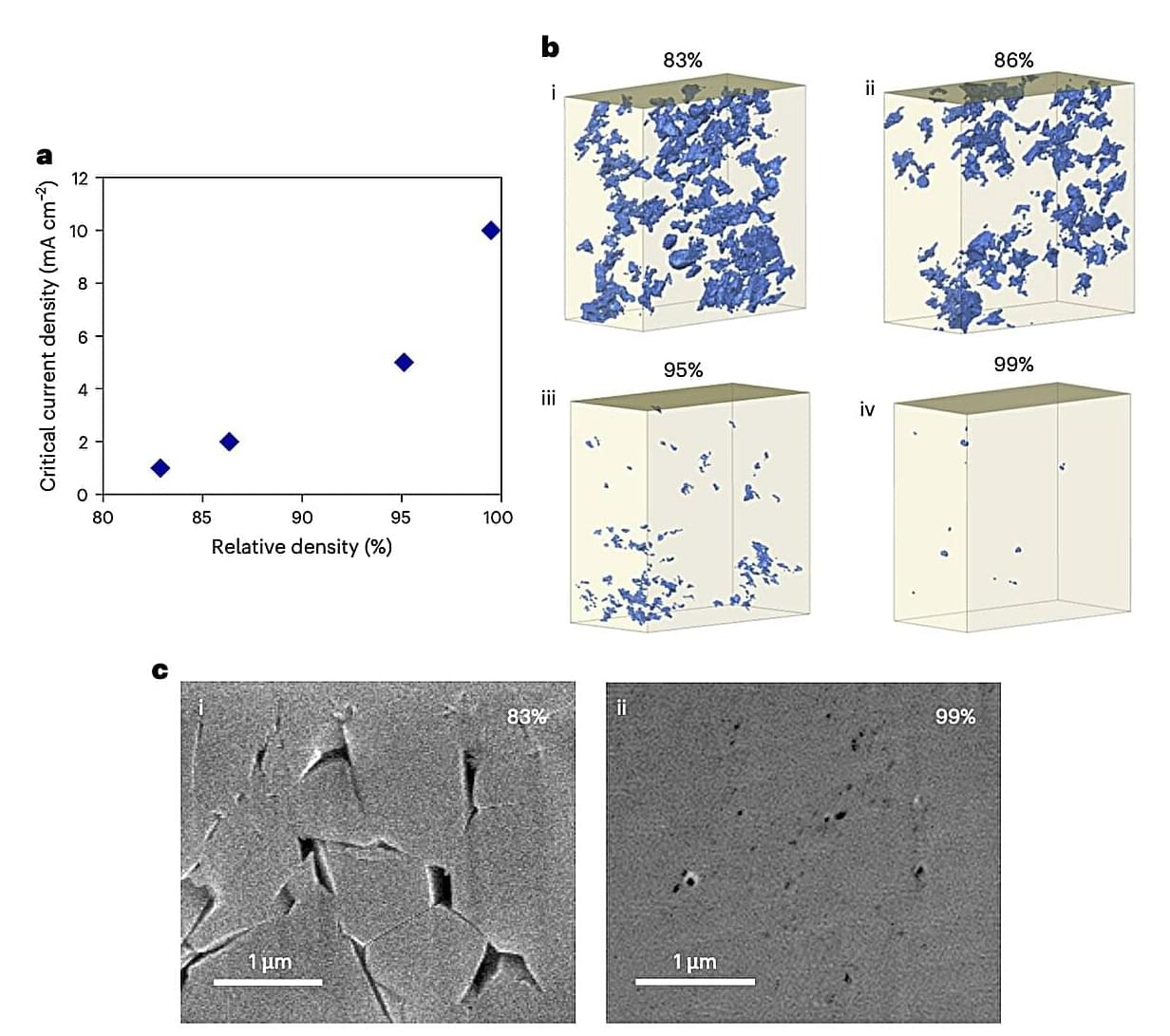Less than a year after laying off employees at Oxenfree studio Night School, Netflix is putting big cash on the table for someone to do whatever this is.



Both the general public and academic communities have raised concerns about sycophancy, the phenomenon of artificial intelligence (AI) excessively agreeing with or flattering users. Yet, beyond isolated media reports of severe consequences, like reinforcing delusions, little is known about the extent of sycophancy or how it affects people who use AI. Here we show the pervasiveness and harmful impacts of sycophancy when people seek advice from AI. First, across 11 state-of-the-art AI models, we find that models are highly sycophantic: they affirm users’ actions 50% more than humans do, and they do so even in cases where user queries mention manipulation, deception, or other relational harms. Second, in two preregistered experiments (N = 1604), including a live-interaction study where participants discuss a real interpersonal conflict from their life, we find that interaction with sycophantic AI models significantly reduced participants’ willingness to take actions to repair interpersonal conflict, while increasing their conviction of being in the right. However, participants rated sycophantic responses as higher quality, trusted the sycophantic AI model more, and were more willing to use it again. This suggests that people are drawn to AI that unquestioningly validate, even as that validation risks eroding their judgment and reducing their inclination toward prosocial behavior. These preferences create perverse incentives both for people to increasingly rely on sycophantic AI models and for AI model training to favor sycophancy. Our findings highlight the necessity of explicitly addressing this incentive structure to mitigate the widespread risks of AI sycophancy.

An international research collaboration has harnessed supercomputing power to better understand how massive slabs of ancient ocean floors are shaped as they sink hundreds of kilometers below Earth’s surface.
Sophisticated computer models developed by researchers in the UK, Switzerland and the U.S. have cast new light on the complex physical interactions which govern the sliding and sinking of the ancient ocean floor, also referred to as subducted slabs, through Earth’s mantle, a process known as subduction.
Researchers from the University of Glasgow led the study. Their paper, “The Role of the Overriding Plate and Mantle Viscosity Structure on Deep Slab Morphology,” is published in Geochemistry, Geophysics, Geosystems.

Background: Haemophilus influenzae (Hi), a Gram-negative bacterium, is divided into two broad categories: encapsulated and non-capsulated isolates, also called non-typeable Hi isolates (NTHi). NTHi has become prevalent since the introduction of the vaccine against Hi of serotype b. Hi can cause local infections on respiratory mucosal surfaces and urogenital infections, which can lead to septic abortion in pregnant women. It can also cause invasive infections such as meningitis and septicemia. Moreover, NTHi isolates are becoming increasingly resistant to antibiotics. Vaccines targeting NTHi are not yet available. As these NTHi isolates are not encapsulated, vaccines should target proteins at the bacterial surface. However, vaccine development is hindered by the high variability of these proteins. We aimed to identify conserved outer membrane proteins (OMPs) for vaccines against NTHi.


Quantum technologies demand perfection: one photon at a time, every time, all with the same energy. Even tiny deviations in the number or energy of photons can derail devices, threatening the performance of quantum computers that someday could make up a quantum internet.
While this level of precision is difficult to achieve, Northwestern University engineers have developed a novel strategy that makes quantum light sources, which dispense single photons, more consistent, precise and reliable.
In a new study, the team coated an atomically thin semiconductor (tungsten diselenide) with a sheetlike organic molecule called PTCDA. The coating transformed the tungsten diselenide’s behavior—turning noisy signals into clean bursts of single photons. Not only did the coating increase the photons’ spectral purity by 87%, but it also shifted the color of photons in a controlled way and lowered the photon activation energy—all without altering the material’s underlying semiconducting properties.

Harnessing quantum states that avoid thermalization enables energy harvesters to surpass traditional thermodynamic limits such as Carnot efficiency, report researchers from Japan. The team developed a new approach using a non-thermal Tomonaga-Luttinger liquid to convert waste heat into electricity with higher efficiency than conventional approaches. These findings pave the way for more sustainable low-power electronics and quantum computing.
Energy harvesters, or devices that capture energy from environmental sources, have the potential to make electronics and industrial processes much more efficient. We are surrounded by waste heat, generated everywhere by computers, smartphones, power plants, and factory equipment. Energy-harvesting technologies offer a way to recycle this lost energy into useful electricity, reducing our reliance on other power sources.
However, conventional energy-harvesting methods are constrained by the laws of thermodynamics. In systems that rely on thermal equilibrium, these laws impose fundamental caps on heat conversion efficiency, which describes the ratio of the generated electrical power and the extracted heat from the waste heat, for example, is known as the Carnot efficiency. Such thermodynamic limits, like the Curzon-Ahlborn efficiency, which is the heat conversion efficiency under the condition for obtaining the maximum electric power, have restricted the amount of useful power that can be extracted from waste heat.

Artificial intelligence is transforming biology and medicine by accelerating the discovery of new drugs and proteins and making it easier to design and manipulate DNA, the building blocks of life. But as with most new technologies, there is a potential downside. The same AI tools could be used to develop dangerous new pathogens and toxins that bypass current security checks. In a new study from Microsoft, scientists employed a hacker-style test to demonstrate that AI-generated sequences could evade security software used by DNA manufacturers.
“We believe that the ongoing advancement of AI-assisted protein design holds great promise for tackling critical challenges in health and the life sciences, with the potential to deliver overwhelmingly positive impacts on people and society,” commented the researchers in their paper published in the journal Science. “As with other emerging technologies, however, it is also crucial to proactively identify and mitigate risks arising from novel capabilities.”

All-solid-state batteries are emerging energy storage solutions in which flammable liquid electrolytes are substituted by solid materials that conduct lithium ions. In addition to being safer than lithium-ion batteries (LIBs) and other batteries based on liquid electrolytes, all-solid-state batteries could exhibit greater energy densities, longer lifespans and shorter charging times.
Despite their potential, most all–solid-state batteries introduced to date do not perform as well as expected. One main reason for this is the formation of so-called lithium dendrites, needle-like metal structures that form when the lithium inside the batteries is unevenly deposited during charging.
These structures can pierce solid electrolytes, which can adversely impact the performance of batteries and potentially elicit dangerous reactions. Identifying strategies to prevent the formation of dendrites in solid electrolytes, while also achieving high energy densities and overall battery performance is thus of key importance to enable the commercialization and widespread deployment of all-solid-state batteries.